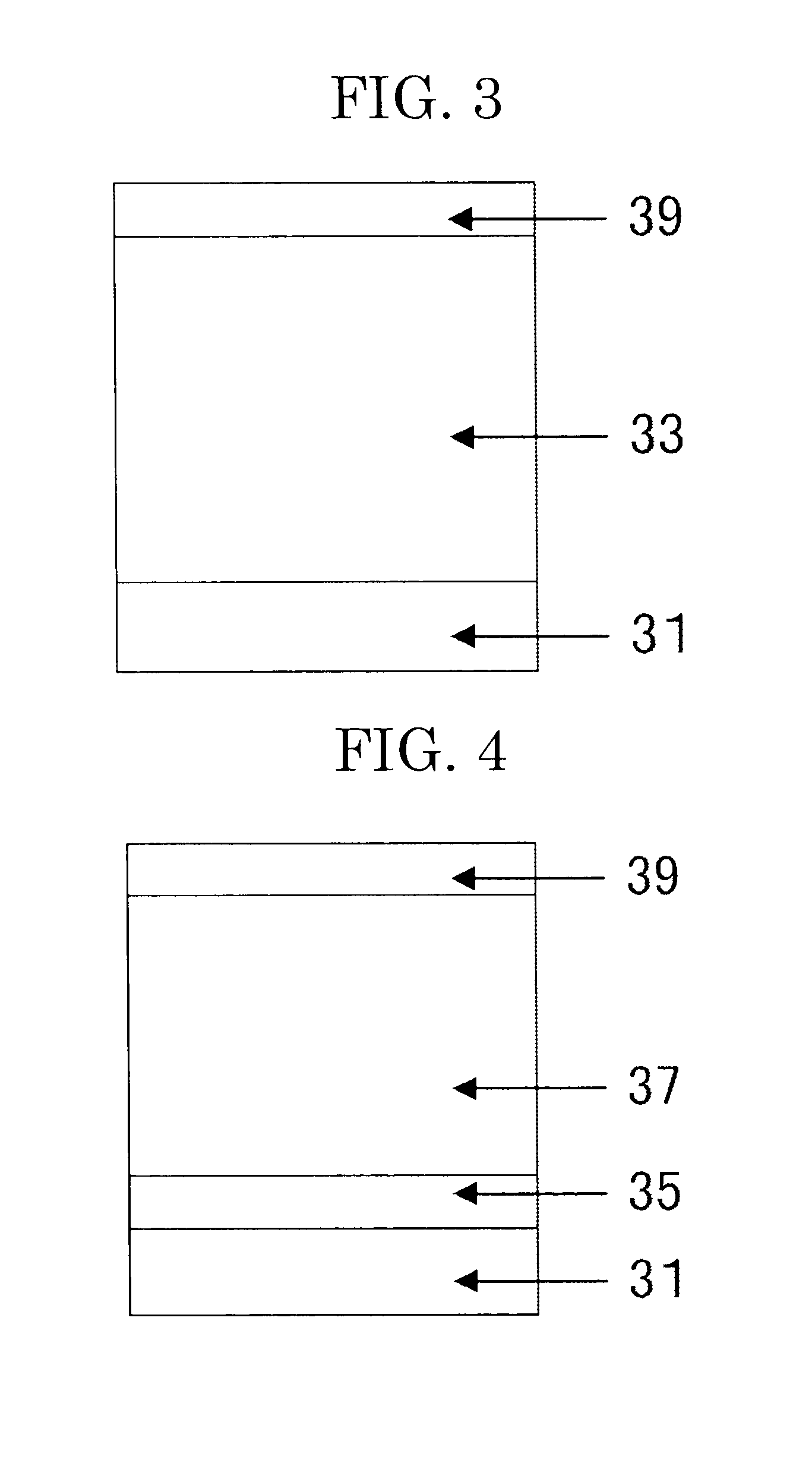Electrophotographic photoconductor, electrophotographic method, and electrophotographic apparatus
- Summary
- Abstract
- Description
- Claims
- Application Information
AI Technical Summary
Benefits of technology
Problems solved by technology
Method used
Image
Examples
production example 1
Production of Imidazole Derivative
[0260]The following were placed into a four-necked flask, and were heated and refluxed for three hours: 4.50 g (21.4 mmol) of benzil, 5.00 g (2.14 mmol) of 2,5-di-t-butyl-4-hydroxybenzaldehyde, 32.5 g (428 mmol) of ammonium acetate, and 400 ml of acetic acid. After being cooled, the above was added to one liter of ice water, thereby separating out deposits, which were then sucked and filtered. In a mixed solvent of toluene / tetrahydrofuran, recrystallization was carried out, and 3.5 g of the imidazole derivative represented by the following formula (yield: 39%) was obtained as a result. The melting point was 250° C. or more.
production example 2
Production of No. 2 Exemplary Compound
[0261]Two hundred fifty milliliters of a water solution of 20% by mass K3Fe(CN)6 was dropped over one hour into a mixture of the following substances while being stirred vigorously at room temperature: 3.00 g (7.10 mmol) of the imidazole derivative obtained in Production Example 1, 200 ml of 2N KOH water solution, and 300 ml of toluene. The reaction solution was extracted with toluene; the organic layer was washed with water, and toluene was distilled away through concentration. The resultant substance was recrystallized from a mixed solvent of toluene / ethanol, and the obtained crystal was then dried by a vacuum heating dryer. As a result, 1.50 g of No. 2 exemplary compound, which is red needle crystal represented by the following structural formula, was obtained (yield: 50%). The melting point was 202.0° C. to 203.0° C. FIG. 11 shows an IR spectrum thereof.
production example 3
Production of No. 6 Exemplary Compound
[0262]The following were placed into a four-necked flask, and were heated and refluxed for three hours: 5.00 g (33.30 mmol) of benzil, 4.93 g (33.30 mmol) of 2,5-dimethyl-4-hydroxybenzaldehyde, 51.3 g (666 mmol) of ammonium acetate, and 250 ml of acetic acid. After being cooled, the above was added to one liter of ice water, thereby separating out deposits, which were then sucked and filtered. In a mixed solvent of toluene / tetrahydrofuran, recrystallization was carried out, and 9.40 g of white powder of the compound represented by the following formula was obtained as a result.
[0263]Two hundred fifty milliliters of a water solution of 20% by mass K3Fe(CN)6 was dropped over one hour into a mixture of the following substances while being stirred vigorously at room temperature: 3.00 g (7.10 mmol) of the compound obtained in above process, 200 ml of 2N KOH water solution, and 300 ml of toluene. The reaction solution was extracted with toluene; the o...
PUM
 Login to View More
Login to View More Abstract
Description
Claims
Application Information
 Login to View More
Login to View More - R&D
- Intellectual Property
- Life Sciences
- Materials
- Tech Scout
- Unparalleled Data Quality
- Higher Quality Content
- 60% Fewer Hallucinations
Browse by: Latest US Patents, China's latest patents, Technical Efficacy Thesaurus, Application Domain, Technology Topic, Popular Technical Reports.
© 2025 PatSnap. All rights reserved.Legal|Privacy policy|Modern Slavery Act Transparency Statement|Sitemap|About US| Contact US: help@patsnap.com



